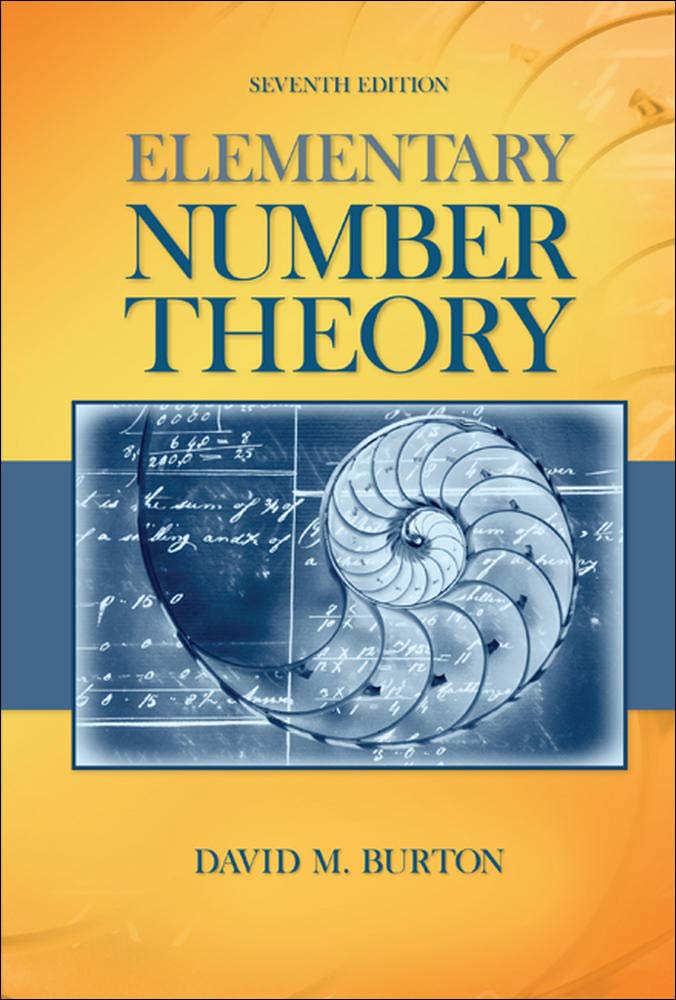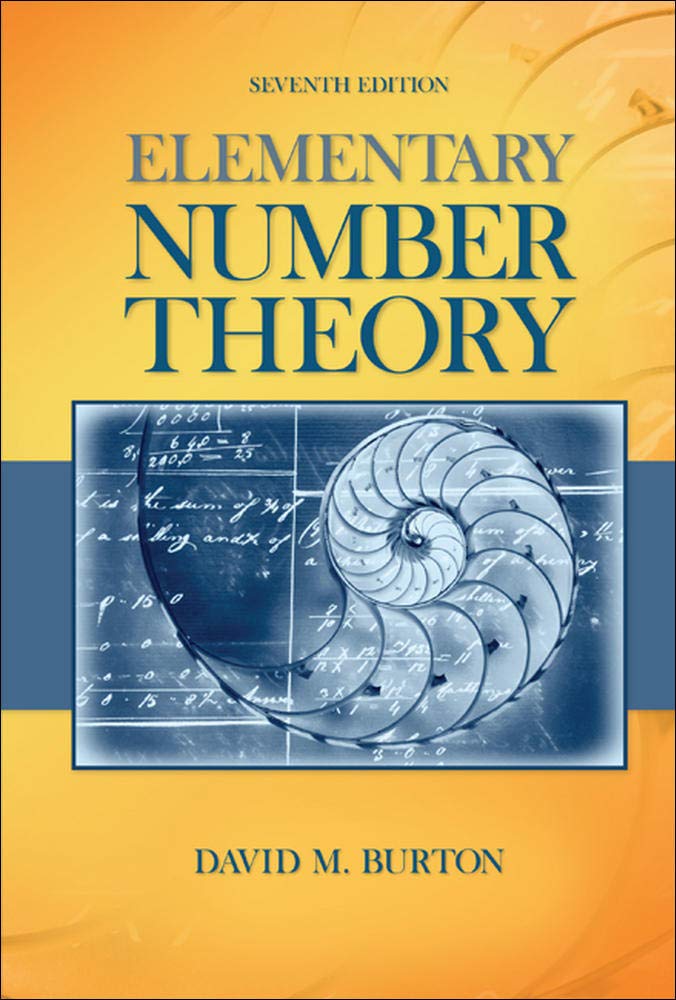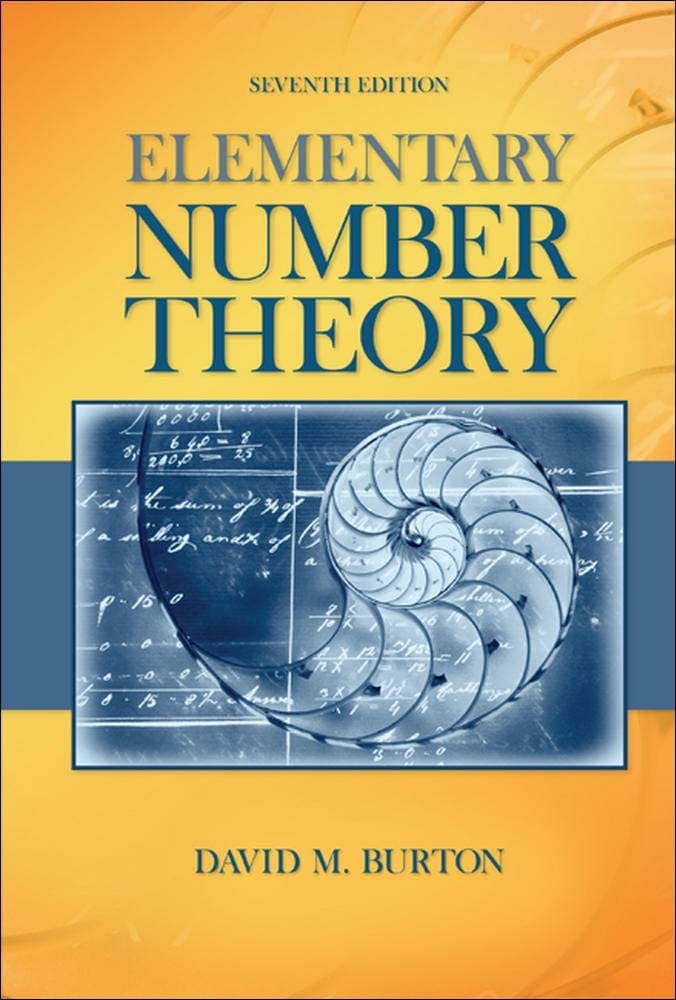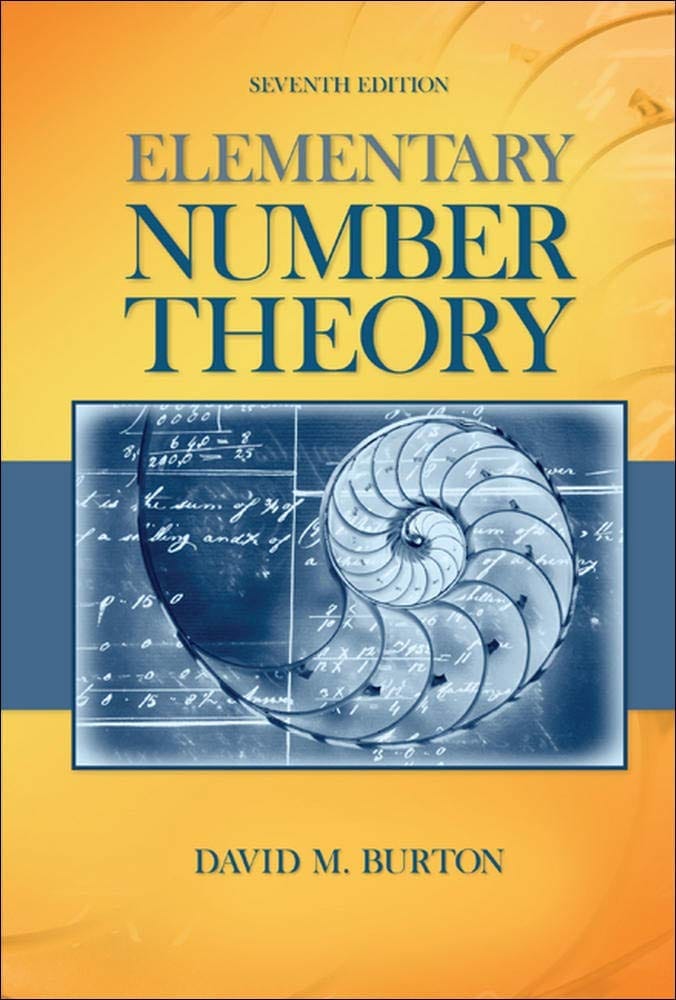
Elementary Number Theory Problems 3.3 Solution (David M. Burton's 7th Edition) - Q16
My Solution for "Let the sequence of primes, with $1$ adjoined, be denoted by $p_{0} = 1, $p_{1}$ = 2, $p_{2}$ = 3, p_{3} = 5, ....$ For each $n \geq 1$, it is known that there exists a suitable choice of coefficients $\epsilon_{k} = \pm 1$ such that ...
Background
All theorems, corollaries, and definitions listed in the book's order:

I will only use theorems or facts that are proved before this question. So you will not see that I quote theorems or facts from the later chapters.
Question
Let the sequence of primes, with $1$ adjoined, be denoted by $p_{0} = 1, p_{1} = 2, p_{2} = 3, p_{3} = 5, ....$ For each $n \geq 1$, it is known that there exists a suitable choice of coefficients $\epsilon_{k} = \pm 1$ such that
$$ \begin{equation} \begin{split} p_{2n} = p_{2n - 1} + \sum_{k = 0}^{2n - 2} \epsilon_{k}p_{k} \qquad p_{2n + 1} = 2p_{2n} + \sum_{k = 0}^{2n - 1} \epsilon_{k}p_{k} \end{split} \nonumber \end{equation} $$To illustrate:
$$ 13 = 1 + 2 - 3 - 5 + 7 + 11 $$and
$$ 17 = 1 + 2 - 3 - 5 + 7 - 11 + 2 \cdot 13 $$Determine similar representations for the primes $23, 29, 31,$ and $37$.
Solution
(I wrote a program for this question, so I list all possibilities here.)
For $23$:
$p_{9}: 23 = 2 \cdot 19 + 1 + 2 + 3 + 5 - 7 + 11 - 13 - 17$
$p_{9}: 23 = 2 \cdot 19 + 1 - 2 + 3 + 5 - 7 - 11 + 13 - 17$
$p_{9}: 23 = 2 \cdot 19 + 1 - 2 + 3 - 5 + 7 + 11 - 13 - 17$
$p_{9}: 23 = 2 \cdot 19 - 1 + 2 + 3 - 5 - 7 - 11 - 13 + 17$
$p_{9}: 23 = 2 \cdot 19 - 1 + 2 - 3 - 5 + 7 - 11 + 13 - 17$
$p_{9}: 23 = 2 \cdot 19 - 1 - 2 - 3 + 5 - 7 - 11 - 13 + 17$
The rest is for Premium Members only
SubscribeAlready have an account? Log in

